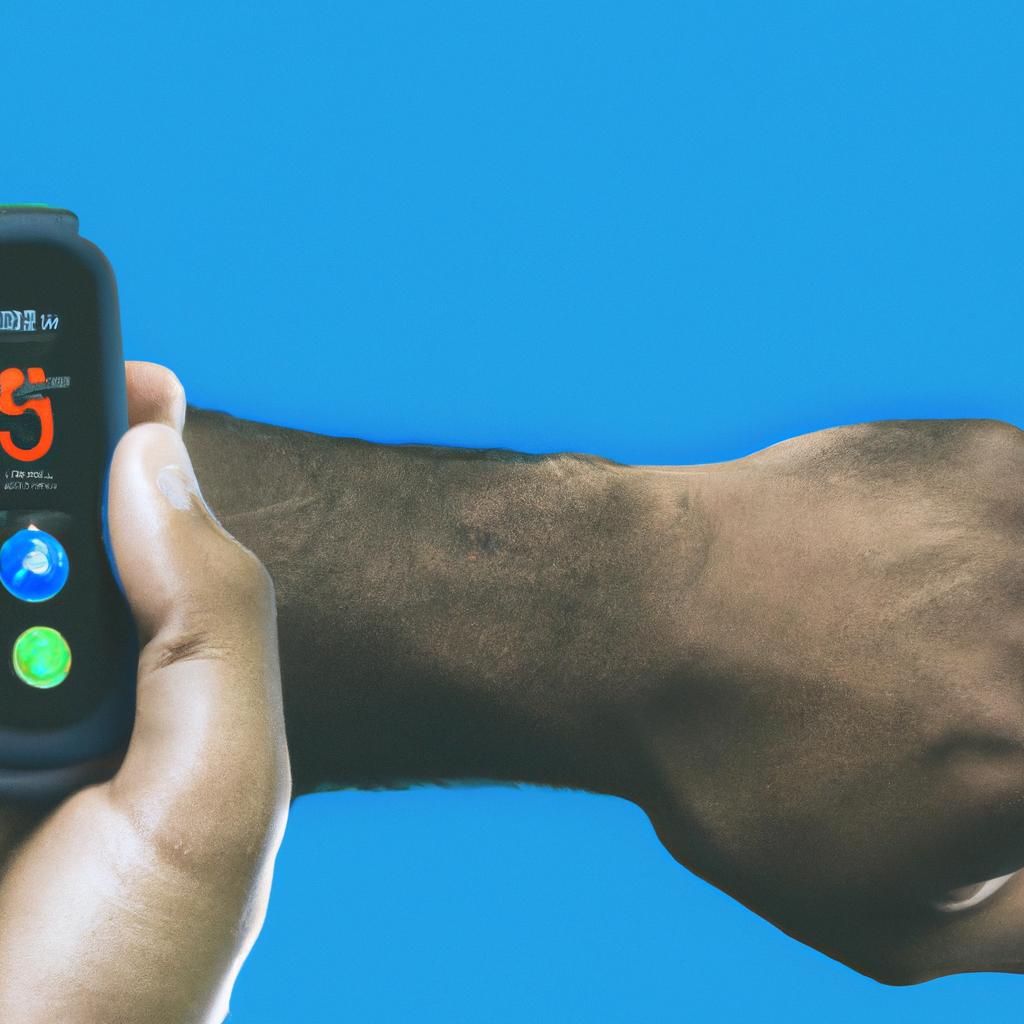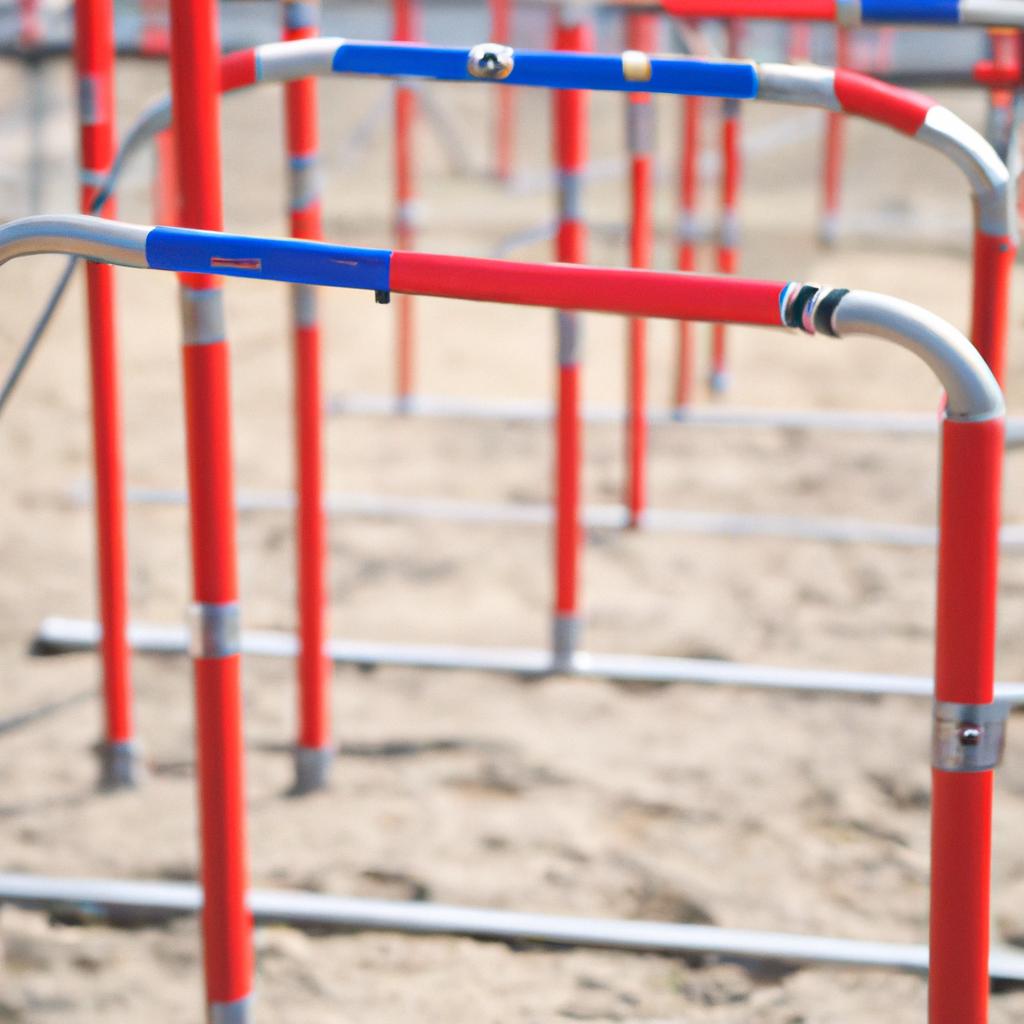The Impact of Smart Wearable Technology on Real-Time Biomechanical Analysis and Performance Optimization in Sports
The Impact of Smart Wearable Technology on Real-Time Biomechanical Analysis and Performance Optimization in Sports
In recent years, the sports industry has witnessed a significant transformation due to advancements in smart wearable technology. These devices, which include smartwatches, fitness trackers, and specialized biomechanical sensors, are not just fashionable accessories. Instead, they are powerful tools that provide real-time data to athletes and coaches, enabling them to make informed decisions to enhance performance. This blog post will explore the impact of smart wearable technology on biomechanical analysis and performance optimization in sports, focusing on how these advancements are revolutionizing athletic training.
The Role of Smart Wearables in Biomechanical Analysis
Understanding Biomechanics
Biomechanics involves the study of movement and the forces that affect it. By analyzing an athlete’s biomechanics, coaches can identify areas of improvement, reduce the risk of injury, and enhance overall performance. Smart wearables equipped with sensors and algorithms can monitor various aspects of movement, such as speed, acceleration, and joint angles, in real-time. Consequently, this data can be invaluable for athletes looking to refine their technique.
Real-Time Data Collection
With smart wearables, athletes can collect data during practice and competitions. For instance, smart shoes equipped with pressure sensors can analyze an athlete’s foot strike pattern, providing insights into their running form. Moreover, wearable devices can track heart rate variability, muscle activity, and even fatigue levels. This real-time feedback allows athletes to make immediate adjustments to their technique, promoting better performance outcomes.
Performance Optimization Through Data Insights
Personalized Training Regimens
One of the most significant advantages of smart wearables is their ability to provide personalized training insights. By leveraging data analytics, athletes can develop tailored training regimens that address their specific strengths and weaknesses. For example, if a runner’s data indicates they have a tendency to overstride, a coach can suggest targeted exercises to improve their running form. As a result, this personalized approach not only optimizes performance but also minimizes the risk of injury.
Enhanced Recovery Strategies
Furthermore, smart wearables play a critical role in recovery strategies. Monitoring physiological metrics, such as heart rate and sleep patterns, can help athletes gauge their recovery status. If an athlete is not recovering adequately, they can adjust their training load or incorporate additional rest days. Therefore, smart wearables not only contribute to performance optimization during training but also ensure athletes maintain their peak condition over time.
Nutrition Tips for Optimal Performance
Fueling the Body Right
While smart wearables focus on biomechanics and performance metrics, nutrition is equally important for athletes. To optimize performance, athletes should prioritize a balanced diet rich in carbohydrates, proteins, and healthy fats. Moreover, staying hydrated is crucial, as even slight dehydration can negatively impact performance. Therefore, athletes should consider using smart wearables that also track hydration levels to ensure they are adequately fueled for their activities.
Timing is Key
In addition to what athletes eat, when they eat also matters. Consuming a meal rich in carbohydrates approximately 1-3 hours before training can provide the necessary energy for optimal performance. On the other hand, post-workout nutrition is critical for recovery. Athletes should aim to consume a protein-rich snack or meal within 30 minutes after exercise to promote muscle repair and growth. Smart wearables can even remind athletes to refuel, ensuring they never miss an opportunity for recovery.
Health Benefits of Smart Wearables
Injury Prevention
One of the most significant health benefits of smart wearables is their potential for injury prevention. By continuously monitoring movement patterns and physiological metrics, these devices can alert athletes to potential issues before they escalate into serious injuries. For instance, if a wearable detects unusual fatigue levels or changes in gait, athletes can modify their training to prevent overuse injuries. Consequently, this proactive approach to health can prolong an athlete’s career and enhance their overall well-being.
Mental Well-Being
Moreover, the mental health benefits of smart wearables should not be overlooked. Many athletes experience performance anxiety or stress, which can hinder their performance. Some smart wearables come equipped with mindfulness and breathing exercises that can help athletes manage stress levels. Consequently, promoting mental well-being can lead to improved focus and performance during competitions.
Conclusion
In conclusion, the integration of smart wearable technology into sports has created a paradigm shift in how athletes approach training and performance optimization. By providing real-time biomechanical analysis, personalized training insights, and enhanced recovery strategies, these devices empower athletes to reach their full potential. Moreover, the added benefits of improved nutrition and mental well-being further underscore the importance of smart wearables in the athletic world. As technology continues to evolve, it is clear that smart wearables will play an increasingly vital role in shaping the future of sports performance. Therefore, embracing these innovations is essential for athletes striving for excellence.
FAQ
What types of data can smart wearables collect for biomechanical analysis?
Smart wearables can collect a variety of data related to an athlete’s movement, including speed, acceleration, joint angles, foot strike patterns, heart rate variability, muscle activity, and fatigue levels. This real-time data helps athletes and coaches identify areas for improvement and optimize their performance while minimizing the risk of injury.
How do smart wearables contribute to personalized training regimens?
Smart wearables leverage data analytics to provide athletes with personalized insights into their training. By analyzing performance metrics, coaches can develop tailored training programs that focus on an athlete’s specific strengths and weaknesses. For example, if data indicates a tendency to overstride, targeted exercises can be recommended to enhance running form, ultimately optimizing performance.
What role do smart wearables play in recovery strategies for athletes?
Smart wearables monitor physiological metrics such as heart rate and sleep patterns to help athletes gauge their recovery status. By tracking these indicators, athletes can adjust their training loads or incorporate additional rest as needed. This proactive approach not only supports performance optimization during training but also ensures that athletes maintain peak condition over time.















Post Comment